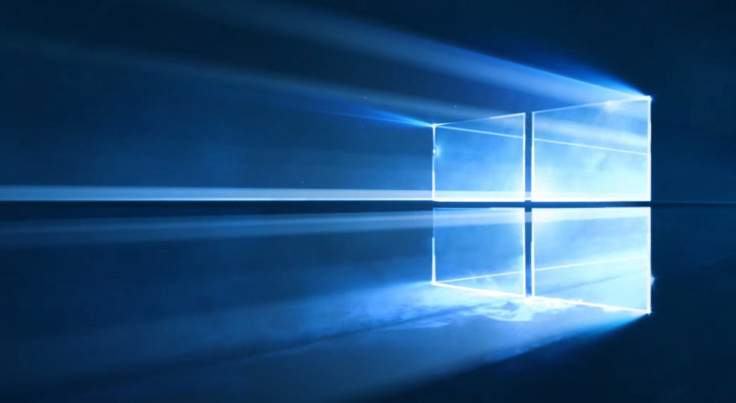Windows 10: How to fix slow internet speeds and bandwidth issues
Easy troubleshooting tips to resolve sluggish online speeds.

Windows 10 users can be affected with slow internet speeds and bandwidth issues as a result of various services such as automatic system updates running in the background. Users can easily toggle with system settings to streamline processes and here's a troubleshooting guide how to.
Windows 10 troubleshooting tips and guides
How to fix slow internet and bandwidth issues on Windows 10
Disable Windows Update delivery
Network services on your PC are actively engaged even when your PC is left idle as Windows Update files stored on your computer are sent to other peers for P2P file-sharing.
Users should disable the Windows Update delivery functionality in order to reduce the network bandwidth drain to some extent. Here are the steps:
- Go to Settings > Update & Security > Windows Update > Advanced Options and then change the "Choose how updates are delivered" setting to one of the following:
- Turn off the p2p file transfer completely
- Limit the p2p transfer to PCs on your local network
Quit background apps
In addition to disabling Windows Update delivery process, it is imperative to quit all the background apps that are not in use in order to prevent further bandwidth drain and thereby improve the overall internet connection speeds of your computer.
To quit background apps complete the following steps:
- Click on Start, select Settings
- Privacy >Background apps , toggle the button to 'Off' for apps you don't want to run.
Here are a few bandwidth hungry apps that you can disable:
- Steam
- Torrent Applications
- Anti-Virus (Virus Database Update)
- EA Origin
- Cloud Sharing Applications
Disable Windows Update
If you still experience unexpected slowdowns with your internet connection speeds, then try disabling Windows Update temporarily until your current browsing task or download is complete. Windows Updates usually take away a sizeable chunk of your network bandwidth to download large files for updating data and this could definitely slowdown the internet speed.
To disable Windows Update, here is what you should do:
Download and run the "Show or hide updates" troubleshooter tool from the Microsoft Support page.
Ensure that you click on Advanced link on the first page of the troubleshooter window and click to disable the option "apply repairs automatically".
Hit next and let the tool finish scanning for updates. You will see two options on the next page:
- Hide Updates (Hidden updates will not be installed)
- Show Hidden Updates (select updates you want Windows Update to automatically install)
Just choose Hide Updates to block one or more updates from being installed on the system, wherein you can choose individual updates through a selection menu to prevent them from being installed automatically.
Note: The second option: Show Hidden Updates, allows you to unblock updates so that they can be automatically installed by Windows Update after the next reboot.
Install official Wi-Fi adapter drivers
Windows 10 installation often automates the process of installing generic or proprietary drivers for wireless network services, using the repository of drivers bundled with the operating system (OS). However, these drivers could sometimes cause stability or incompatibility issues with the hardware as they often limit the functionality of the device, unlike official or manufacturer released drivers.
To circumvent this problem, just download and install the latest Wi-Fi adapter drivers from the manufacturer's website. This will ensure enhanced stability and performance of the device.
That's it. Your internet connection speeds should now return to normal and you will no longer face slowdowns or bandwidth issues.
© Copyright IBTimes 2025. All rights reserved.



















